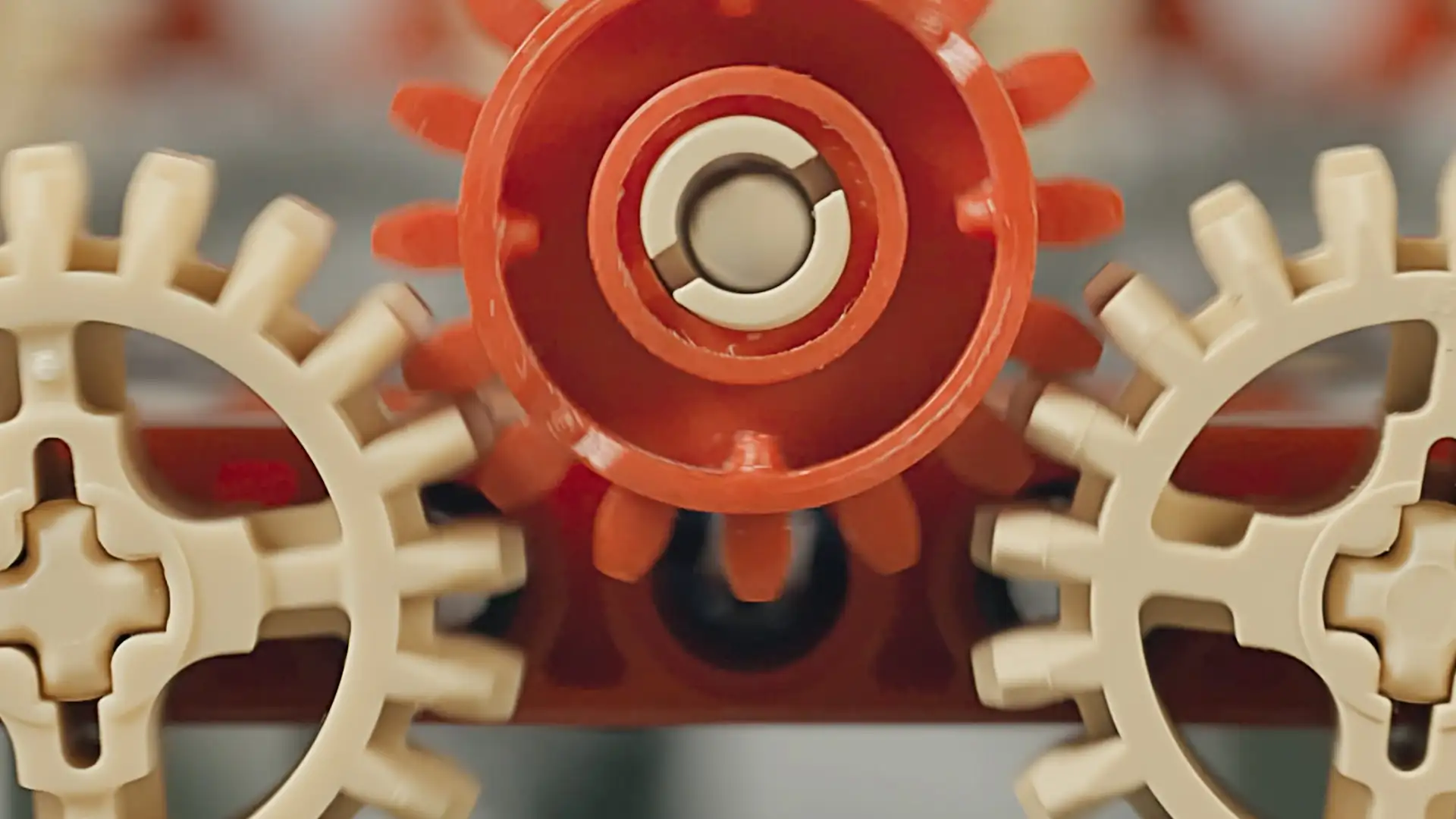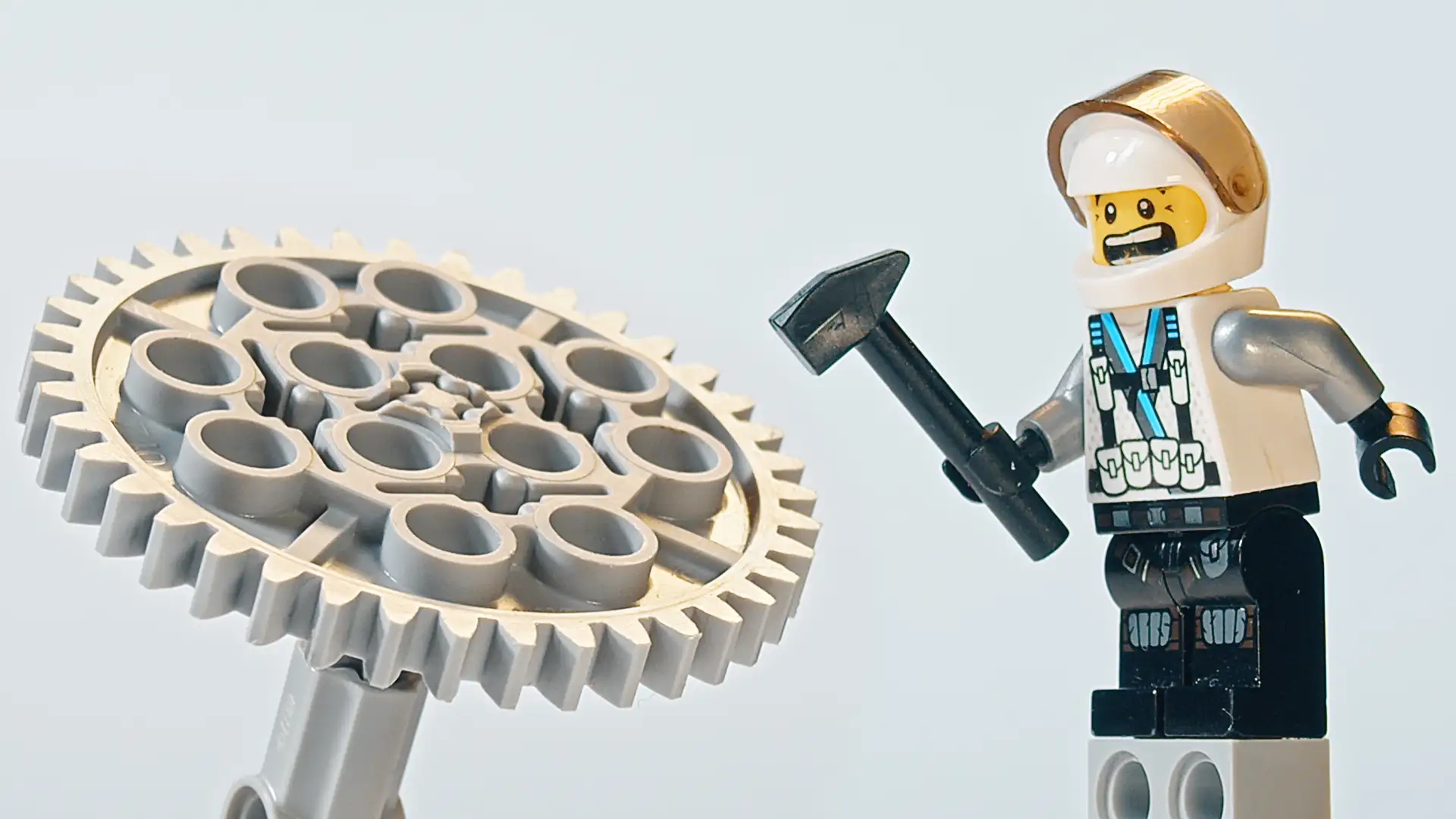Exploring Mechanical Principles with Lego Technic
Mechanical principles form the backbone of engineering, guiding how physical systems behave and interact. Lego Technic, with its detailed and versatile components, provides an excellent platform to explore and replicate these principles. This article delves into several fundamental mechanical principles and demonstrates how they can be reproduced using Lego Technic.
1. Levers and Linkages
Principle:
Levers and linkages are simple machines that amplify force or motion. A lever consists of a rigid beam pivoted at a fulcrum, while linkages are assemblies of levers connected to transfer motion and force.
Lego Technic Application:
Using Lego Technic beams, axles, and connectors, you can build various classes of levers (first, second, and third class) and linkages. For example, a simple seesaw can illustrate a first-class lever, where the beam (lever) pivots around the fulcrum (central pivot point).
Example Build:
- Use a long Technic beam as the lever.
- Attach it to a Technic turntable as the fulcrum.
- Add weights on either side to demonstrate the principle of balance and force multiplication.
2. Gears and Gear Ratios
Principle:
Gears transfer motion and force between shafts. The gear ratio, the ratio of the number of teeth on two meshing gears, determines the mechanical advantage and speed ratio.
Lego Technic Application:
Lego Technic offers a variety of gears, including spur gears, bevel gears, and worm gears. By combining these gears, you can create gear trains with specific gear ratios to demonstrate torque multiplication and speed reduction.
Example Build:
- Connect a small gear (8 teeth) to a large gear (40 teeth) to create a 1:5 gear ratio.
- Attach a motor to the small gear to see the speed of rotation decrease while torque increases at the large gear.
3. Pulleys and Belts

Principle:
Pulleys are wheels on an axle or shaft designed to support movement and change the direction of a taut cable or belt. They are used to lift loads and transfer power.
Lego Technic Application:
Lego Technic includes pulleys and rubber bands that can be used to create belt and pulley systems. These systems can demonstrate the principles of mechanical advantage and direction change.
Example Build:
- Use a Technic wheel as a pulley.
- Wrap a rubber band around two pulleys to form a belt system.
- Apply force to one pulley and observe the movement and force transfer to the other pulley.
4. Cam and Follower Mechanisms
Principle:
A cam and follower mechanism converts rotational motion into linear motion. The cam is a rotating or sliding piece in a mechanical linkage, while the follower is a component that tracks the cam profile.
Lego Technic Application:
Cams and followers can be built using Technic beams and connectors. By designing different cam profiles, you can create various motion patterns for the follower.
Example Build:
- Construct a cam using a Technic beam with an irregular shape.
- Attach it to an axle connected to a motor.
- Build a follower using a beam that tracks the cam’s profile as it rotates, converting the rotational motion into linear motion.
5. Crank and Slider Mechanisms

Principle:
A crank and slider mechanism converts rotational motion into linear motion or vice versa. It consists of a crank (rotating arm) connected to a slider (moving block) through a connecting rod.
Lego Technic Application:
Using Technic beams, axles, and connectors, you can build a crank and slider mechanism to illustrate this conversion of motion.
Example Build:
- Construct a crank using a Technic beam attached to an axle.
- Connect the crank to a slider using a connecting rod.
- Rotate the crank to see the slider move back and forth in a linear motion.
Conclusion
Lego Technic provides an excellent platform to explore and understand fundamental mechanical principles. By building models of levers, gears, pulleys, cams, and crank mechanisms, you can gain hands-on experience with these concepts and see them in action. Whether for educational purposes or simply for fun, Lego Technic allows you to delve into the fascinating world of mechanics.
References
- “The Art of LEGO Design” by Jordan Schwartz
- “Practical LEGO Technics: Bring Your LEGO Creations to Life” by Mark Rollins
- “LEGO Technic Robotics” by Mark Rollins
These principles and their Lego Technic applications provide a foundation for further exploration and innovation in the field of mechanical engineering.
